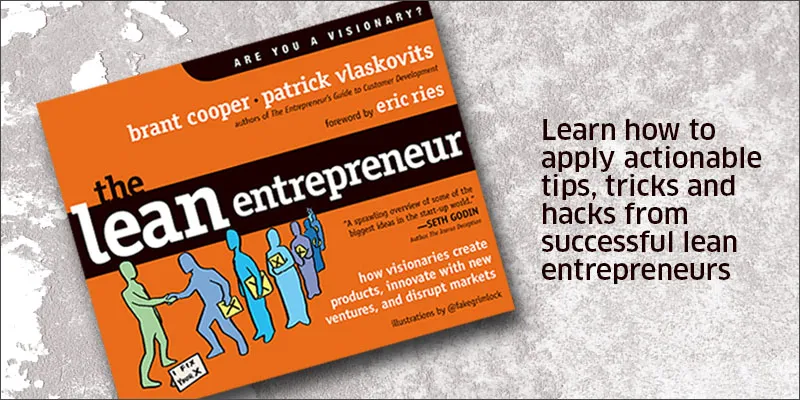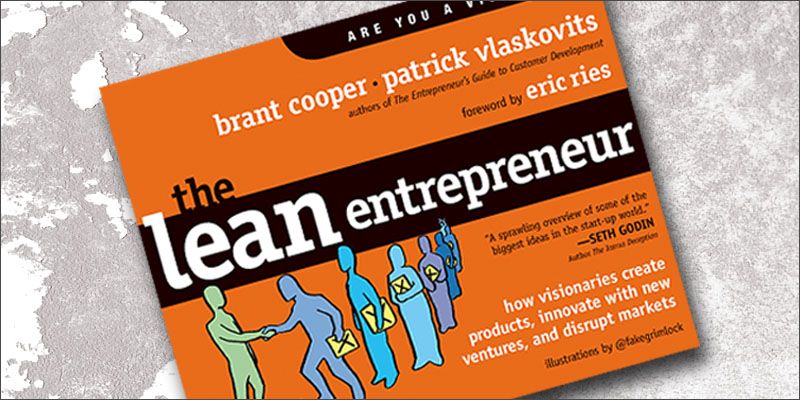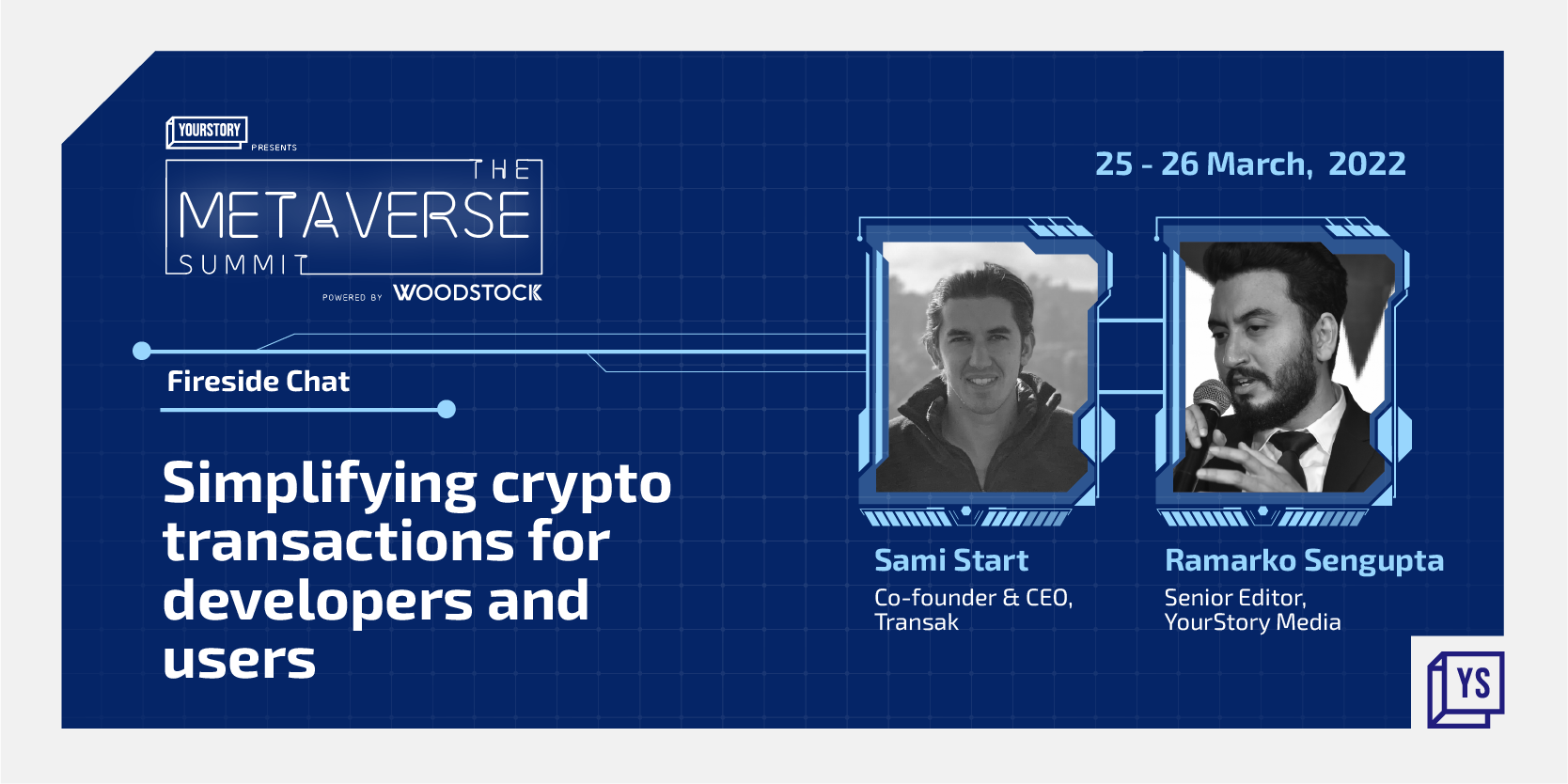The Lean Entrepreneur: how to create new products and innovate with new ventures
Startup space is becoming increasingly attractive – but also increasingly competitive. Entrepreneurs should therefore focus on quick and continuous learning, rapid testing, customer development, value creation and iterative improvement.
Inspired by books such as Lean Startup by Eric Ries (see my review), The Lean Entrepreneur provides fresh examples and new material for aspiring entrepreneurs as well as intrapreneurs.

The 256-page book is a mix of business theory, to-do checklists and real-world case studies. The authors, Brant Cooper and Patrick Vlaskovits, have also partnered for the earlier bestseller, The Entrepreneur's Guide to Customer Development: A Cheat Sheet to The Four Steps to the Epiphany. “Uncertainty and innovation are a duality,” the authors begin. They distinguish between two kinds of innovation: disruptive innovation (new market, game change, unpredictability, new business models, marketing is sales-driven, experimental practices exist) and sustaining or incremental innovation (existing market, well understood problem, performance/cost changes, predictability, existing business models, sales is marketing driven, best practices exist).
“A startup does not know what value it is creating or for whom,” the authors explain. It is key, therefore, for startups to become learning organisations. Here are seven clusters of lessons I have summarised from the book; each chapter makes for an informative read with useful interviews, tables and worksheets.
1. Understand the mission and journey
Understand your passion – not just what you like, but what is it that motivates you to put work and energy into it. Decide what kind of core focus you would like to have: a particular segment (eg. mothers), problem (eg. tax filing), product (eg. app), technology (eg. augmented reality), or cause (eg. global warming).
The key to success is focusing on effectively solving a real pain point or opening up a new opportunity for the customer. Startups should therefore also understand the basics of a business model, as explained by Alex Osterwalder: customer segment, value proposition (products/services), channels, customer relationships, revenue streams, key resources, key activities, key partnerships and cost structure.
2. Create the product, create the customer
Startups should use market segmentation to identify the opportunity matrix. The authors provide a useful template here: rows of different kinds of persona (customer personalities), and columns for depth of pain, budget, channel for easy reach, key influencers, ease of minimum viable product, size of market and overall value. Channels can include media, or organisations and networks (eg. alumni, family).
Customer emotional states can be classified on a spectrum, correlated with business activity: aware (targeted by channel); intrigued, trusting (brought into the funnel); convinced (yields revenue); hopeful, satisfied (minimum viable product); and passionate (key for growth engine).
Each stage has a set of customer actions, metrics and company action points to respond to the customers and move them forward to the next stage (starting off as hypotheses to be tested). These states feed into the business cycle, which can be of various configurations: acquisition, activation, retention, revenue, referral; or suspect, lead, prospect, customer, reference.
For example, Portland-based startup AppFog began with a simple landing page to announce a cloud prototype, and created a ‘private beta’ for those who filled out a survey on pain points and expectations. This helped gather valuable customer insights and also build a potential revenue pipeline.
3. Learn and test
Lean entrepreneurs should use three primary methods to test validity of assumptions: customer interaction (observation, user-centric design, social media, direct calls), running experiments and analysing data. Customer ‘understanding’ means learning about the depth and frequency of their pain points, how they deal with the pain and at what cost, and what other products/services they have been using in this regard.
For example, a team from Harvard, Stanford, MIT and IIT came up with the low-cost Embrace incubator using paraffin as a heat source only by traveling to India, interacting with rural mothers and finding out about the realities of electricity and fuel sources in rural India.
4. Experiment and evolve
“Winners experiment,” the authors explain. The basic premise of viability experiments is that the quicker you can determine a failed approach, the better. Eric Ries describes this as the ‘build measure learn’ framework, to be applied to everything from acquisition method and messaging to design and value proposition.
For example, music education startup Click for Lessons started off as a matchmaking site for music teachers and students, then pivoted and rebranded as TakeLessons which actively monitors teacher engagement and student performance, and takes over the billing function.
Nick Swinmurn, founder of Zappos, tested his e-commerce hypothesis in the shoe market by actually buying and shipping shoes himself to all customers who came to his landing page, and only then automated the process.
99designs started off as a site contest on the SitePoint community of web designers, and is now a crowdsourcing site with metrics such as Design Quality Index. LitMotors first built a shell model of its proposed covered electric two-wheeler, and a video about using it for commutes; that generated enough interest to raise funds via Kickstarter, and only then did it begin actual production.
5. Interpret the right data
“Data is the weapon of modern businesses. Like a sword, it is only as useful as the person who wields it,” the authors explain. Startups should stay away from vanity metrics (‘bragging rights’) and focus on actionable metrics (eg. usage rather than downloads; downloads rather than page visits).
Really useful data on problem-solution fit comes from customer observation and interviews, especially regarding USPs and benefits of the solution. Ways to enable viral factors include coupon codes and direct customer invitation.
Root cause analysis techniques such as the Five Why’s help drill down into the core of problems deep below perceived notions. Scale comes only later. “A lean startup is not ready to scale until the product itself is the best marketing tool,” the authors explain.
6. Get ready to scale
Startups risk being in the ‘Valley of Death’ once they have a minimum viable product/audience but are unable to scale up beyond the first customer base. They must use the same lean methods, but now on new versions of the product, or adjacent market segments, or on more acquisition managers for B2B products, or on public relations campaigns with the mass media, or expanding the board of advisors. Cohort analysis and split testing techniques can help in this regard, to assess customer satisfaction and retention levels in different segments and time periods.
For example, Roozt is an affiliate portal for those who support fashion brands that ‘give back’ to society. They started off with social media campaigns and are now a virtual marketing machine for cause-related brands.
UK mobile operator O2, facing stiff competition, launched the O2 Learn initiative to connect students, teachers and industry experts. This helped improve brand perception and traction among youth.
7. Develop ‘funnel vision’ to keep going
Lean entrepreneurs should avoid ‘tunnel vision’ and instead develop ‘funnel vision.’ They need to keep ideas and customers coming into the pipeline, which happens in waves. The first wave comes from the segment of passionate customers, the second from other sub-segments, and the third from broader media buzz. Focus must shift from cost to acquire a customer (COA) to lifetime value of a customer (LTV).
In the long run, such lean methods will sustain the creative spark of an organisation. For example, Brian Halligan and Dharmesh Shah’s HubSpot is a marketing services firm which regularly conducts ‘experiment meetings’ where internal teams pitch ideas and experiments for new channels, segments and even landing pages.
The Road Ahead
The book also provides broader perspectives on tech trends and the economy. “The value-creation economy comes on the heels of collapse of the wealth-creation economy,” the authors explain. “Businesses must be focused on creating real value for customers, not paper value for executives or investment bankers,” they add.
More and more business cycles today are moving at the speed of the Internet. David McClure and Paul Singh of 500 Startups explain that it is cheaper and faster to launch a startup today – but harder to survive and scale. Even VCs are beginning to use the Lean approach, placing minimum bets and getting rapid feedback.
Software, Internet, mobiles and cloud (hypernet) are ‘eating the world,’ and even sectors like manufacturing are primed for disruption thanks to technologies like 3D printing. The link economy, gift economy, on-demand economy and crowd economy are all converging and creating unintended consequences. For example, a number of companies are trying to avoid cannibalisation by buying their competitors (eg. Getty bought iStockPhoto).
“Disruptive innovation is often stumbled upon,” the authors observe, they are often explained only in hindsight or retrospectively.
The book also demolishes a number of myths, such as ‘Innovation is created by visionaries who predict and create the future’ (actually, visionaries are more persistent for change than others), and ‘Steve Jobs did not care about customer research’ (actually, the Apple retail stores were great customer research labs).
Success goes not just to either first movers or fast followers, but also to those who can be both; not just to either incremental or disruptive innovators but also to those who can execute both types. New technologies are being introduced even before previous waves reach their peaks. Emerging economies are following paths different from mature economies by leapfrogging straight to the newest tools and platforms. A whole parallel world of computing is emerging via apps and Internet of Things.
The book also holds out promise for large companies who want to bring back their earlier startup edge, as the case study of Intuit shows. The accounting software company operates in three horizons: improve internal processes, find a scaleable model for existing products, and find a new product (via Intuit Labs). Intuit employees can also spend 10 per cent of their time working on pet projects they are passionate about. Metrics used are active customer usage, customer benefits, and net promoter score (willingness to refer products to others).
In sum, the book builds on a range of existing models – agile development, disruptive innovation, technology life-cycle adoption theory, lean manufacturing, continuous improvement, and design thinking. It updates this material with fresh case studies, thus bringing it to life to an emerging wave of readers and entrepreneurs.











